Chemical flasks and inconvenient chemostats for cultivation of bacteria are likely soon to be discarded. Researchers from the Institute of Physical Chemistry of the Polish Academy of Sciences in Warsaw were first to construct a microfluidic system allowing for merging, transporting and splitting of microdroplets.
Jul 31st, 2013
Read more
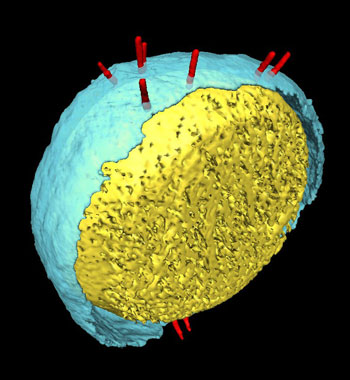 Abdominal pain, fever, diarrhoea - these symptoms could point to an infection with the bacterium Yersinia. The bacterium's pathogenic potential is based on a syringe-like injection apparatus called injectisome. For the first time, researchers have unraveled this molecular syringe's spatial conformation.
Abdominal pain, fever, diarrhoea - these symptoms could point to an infection with the bacterium Yersinia. The bacterium's pathogenic potential is based on a syringe-like injection apparatus called injectisome. For the first time, researchers have unraveled this molecular syringe's spatial conformation.
Jul 31st, 2013
Read more
First produced only in the past decade, human induced pluripotent stem cells (iPSCs) are capable of developing into many or even all human cell types. In new research, scientists reprogrammed skin cells from patients with rare blood disorders into iPSCs, highlighting the great promise of these cells in advancing understanding of those challenging diseases - and eventually in treating them.
Jul 30th, 2013
Read more
Chinese scientists have successfully grown tooth-like structures from induced pluripotent stem cells (iPS cells), the Chinese Academy of Sciences (CAS) said.
Jul 30th, 2013
Read more
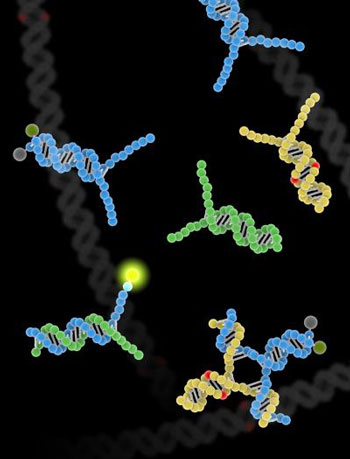 Researchers have developed a new method that can look at a specific segment of DNA and pinpoint a single mutation, which could help diagnose and treat diseases such as cancer and tuberculosis. These small changes can be the root of a disease or the reason some infectious diseases resist certain antibiotics.
Researchers have developed a new method that can look at a specific segment of DNA and pinpoint a single mutation, which could help diagnose and treat diseases such as cancer and tuberculosis. These small changes can be the root of a disease or the reason some infectious diseases resist certain antibiotics.
Jul 28th, 2013
Read more
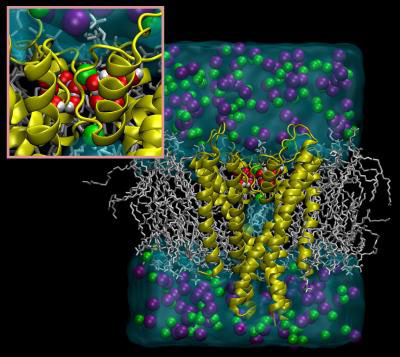 Just 12 molecules of water cause the long post-activation recovery period required by potassium ion channels before they can function again.
Just 12 molecules of water cause the long post-activation recovery period required by potassium ion channels before they can function again.
Jul 28th, 2013
Read more
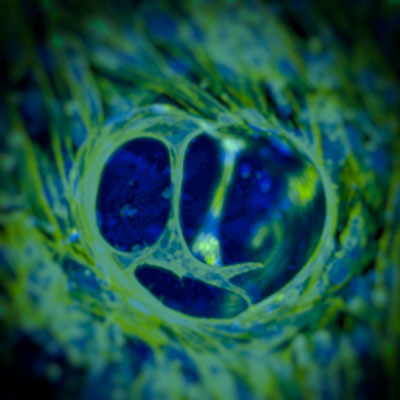 Researchers develop hydrogels for tissue regeneration that can be fine-tuned to fit any body part.
Researchers develop hydrogels for tissue regeneration that can be fine-tuned to fit any body part.
Jul 26th, 2013
Read more
Researchers have devised a way to quickly and easily target and tinker with any gene in the human genome. The new tool, which builds on an RNA-guided enzyme they borrowed from bacteria, is being made freely available to researchers who may now apply it to the next round of genome discovery.
Jul 25th, 2013
Read more
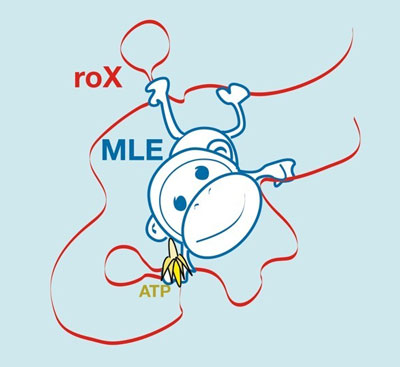 Protein moulds RNA to ensure that activating factors can hold on to it.
Protein moulds RNA to ensure that activating factors can hold on to it.
Jul 25th, 2013
Read more
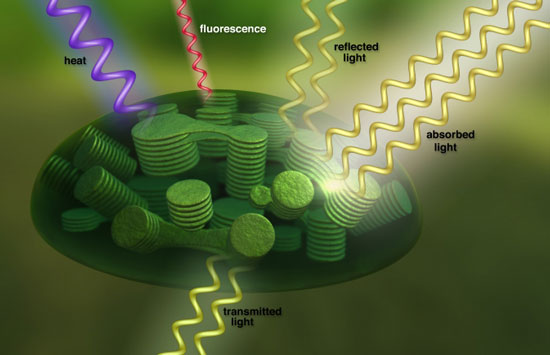 NASA scientists have established a new way to use satellites to measure what's occurring inside plants at a cellular level.
NASA scientists have established a new way to use satellites to measure what's occurring inside plants at a cellular level.
Jul 24th, 2013
Read more
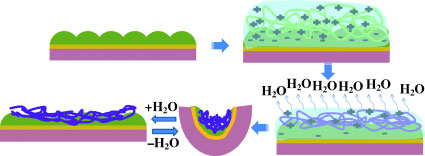 A small plastic strip can do 'weight training' to effortlessly lifts many times its own weight, driven by cyclic changes in the humidity of the surrounding air. This strong 'artificial arm' is based on the interaction between microgels and a layer of polycations that shrinks as it dries.
A small plastic strip can do 'weight training' to effortlessly lifts many times its own weight, driven by cyclic changes in the humidity of the surrounding air. This strong 'artificial arm' is based on the interaction between microgels and a layer of polycations that shrinks as it dries.
Jul 24th, 2013
Read more
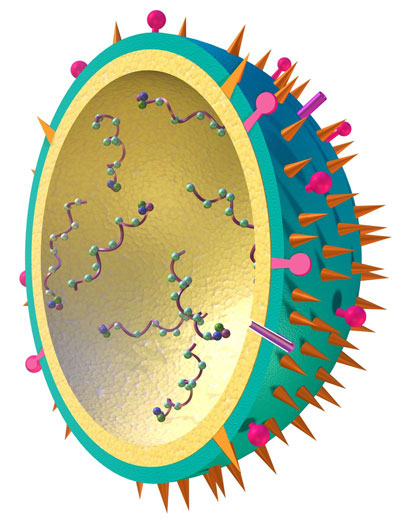 The virus that causes those painful lip blisters known as cold sores has an internal pressure eight times higher than a car tire, and uses it to literally blast its infectious DNA into human cells, scientists are reporting in a new study.
The virus that causes those painful lip blisters known as cold sores has an internal pressure eight times higher than a car tire, and uses it to literally blast its infectious DNA into human cells, scientists are reporting in a new study.
Jul 24th, 2013
Read more
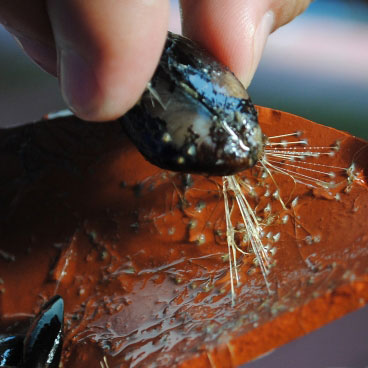 Understanding the strength of the shellfish's underwater attachments could enable better glues and biomedical interfaces.
Understanding the strength of the shellfish's underwater attachments could enable better glues and biomedical interfaces.
Jul 23rd, 2013
Read more
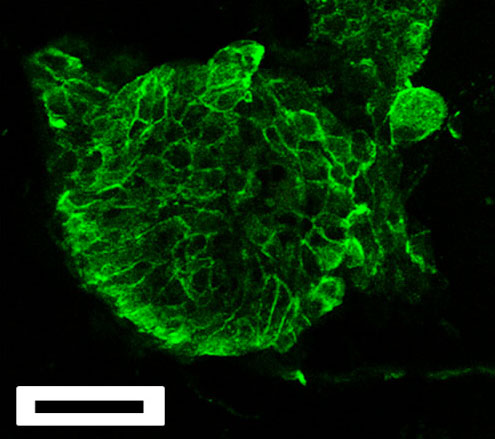 Human glioblastoma multiforme, one of the most common, aggressive and deadly forms of brain cancer, is notoriously difficult to study. Now a team of engineers has developed a three-dimensional hydrogel that more closely mimics conditions in the brain than other platforms used to study brain cancer. In a paper in the journal Biomaterials, the researchers describe the new material and their approach, which allows them to selectively tune up or down the malignancy of the cancer cells they study.
Human glioblastoma multiforme, one of the most common, aggressive and deadly forms of brain cancer, is notoriously difficult to study. Now a team of engineers has developed a three-dimensional hydrogel that more closely mimics conditions in the brain than other platforms used to study brain cancer. In a paper in the journal Biomaterials, the researchers describe the new material and their approach, which allows them to selectively tune up or down the malignancy of the cancer cells they study.
Jul 23rd, 2013
Read more
New technique can rapidly turn genes on and off, helping scientists better understand their function.
Jul 23rd, 2013
Read more
Novel microchips imitate the brain's information processing in real time. Neuroinformatics researchers demonstrate how complex cognitive abilities can be incorporated into electronic systems made with so-called neuromorphic chips: They show how to assemble and configure these electronic systems to function in a way similar to an actual brain.
Jul 22nd, 2013
Read more
Scientists at EPFL have developed a quick and simple method for connecting and assembling new molecules together, paving a new road for synthetic chemistry, material science, chemical biology, and even drug discovery.
Jul 22nd, 2013
Read more
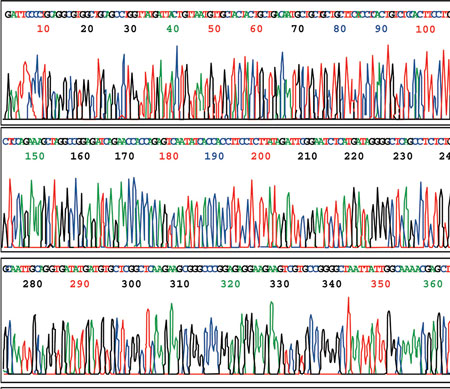 Improved technique makes it easier to add or delete genes in living cells, with less risk of off-target DNA damage.
Improved technique makes it easier to add or delete genes in living cells, with less risk of off-target DNA damage.
Jul 22nd, 2013
Read more

 Subscribe to our Biotechnology News feed
Subscribe to our Biotechnology News feed









